Facility and substation ownership
The substation ownership demarcation between the utility and the plant is very important and should be determined carefully. Specific ownership of the substation and associated equipment may be a complicated issue that may be determined by a number of conditions and factors.
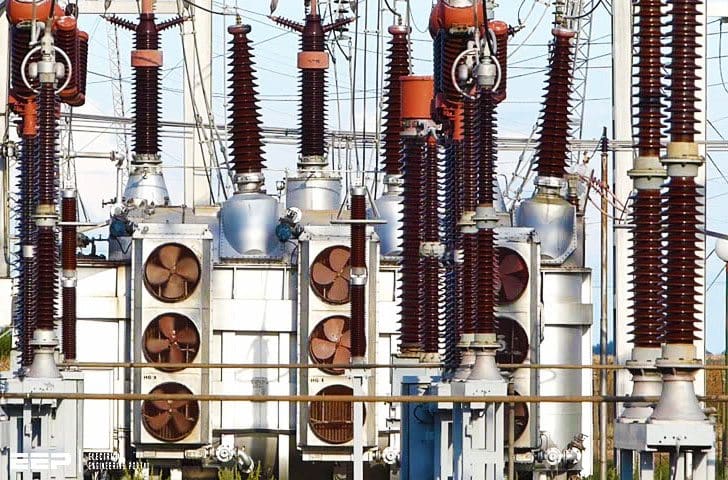
The chief considerations are the rate structure and operating philosophy of the utility, the operating philosophy and return on capital of the plant owner, and the particular situation that may determine such policies. Once all these factors are considered, ownership and lines of demarcation can be determined.
Figure 1 indicates some of the various ownership boundaries for a typical substation configuration.
Should the utility provide the option of ownership to the plant, the plant management should then consider various other factors to determine the best course of action.
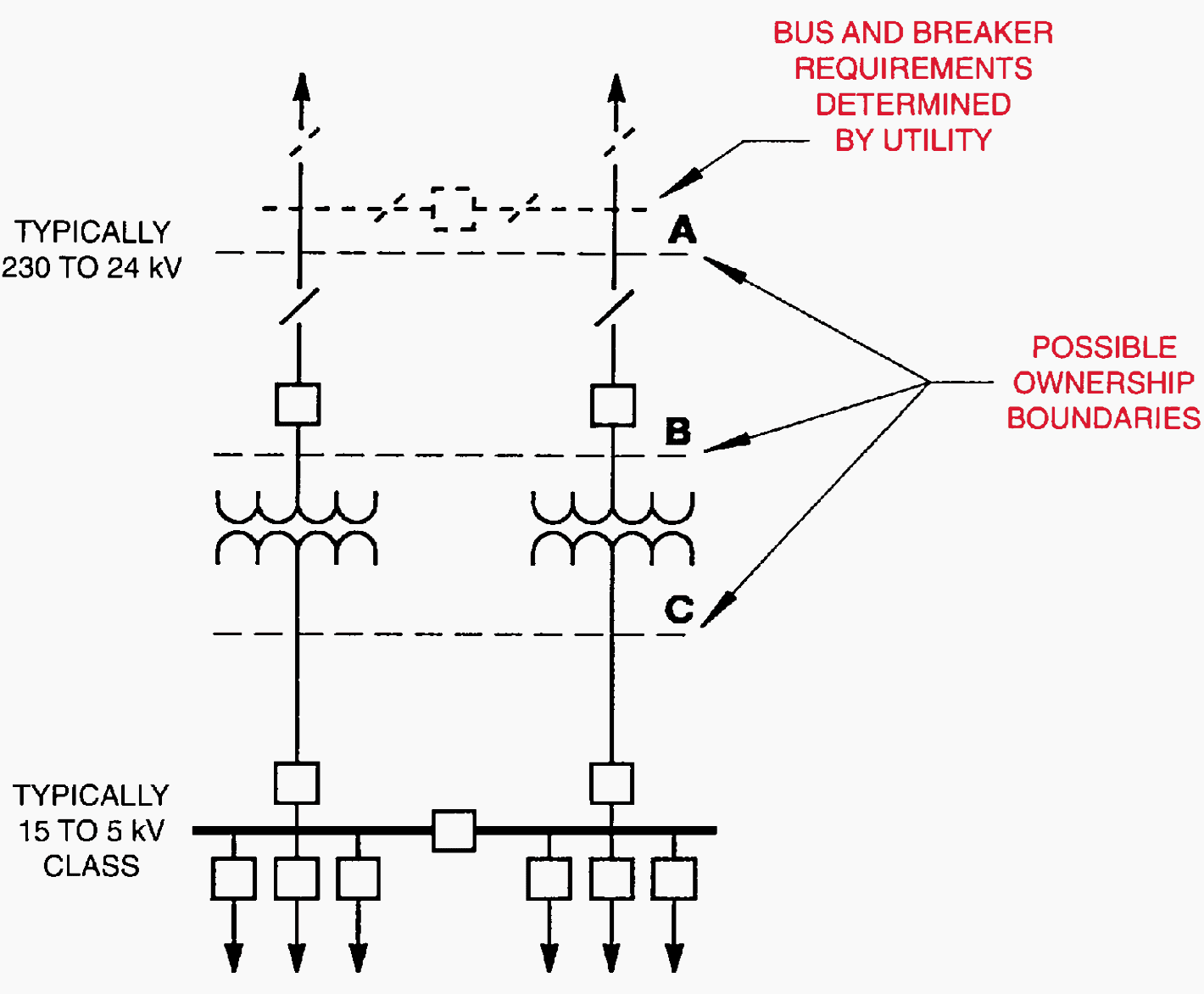

High voltage rates (tariffs) should be carefully evaluated if they are available. In this case, the economic advantage gains from the rates should be evaluated against the added cost of substation ownership, including capital, operation and maintenance, and repairs.
These costs should be compared to the utility’s policies to provide an equivalent substation and any financial requirements that the plant management might still be responsible for paying to the utility for some or all of the facilities.
In some cases, the plant management may have an option for payment, depending on utility policies and tariff. The utility tariff should be carefully scrutinized in this regard. In some cases, arrangements can be made with the utility to perform the necessary maintenance, operation, and repairs at a reasonable cost.
There are specific issues associated with substation ownership that the plant management should understand and resolve. These include the following:
- Design and construction of the substation (if performed by plant representatives),
- Economic savings obtained from high voltage rates,
- Maintenance,
- Operations, and
- Switching (especially for high voltage equipment, substation repairs, and any potential future substation capacity expansion requirements).
Insurance coverage is commonly provided by the plant and the utility for their respective facilities as part of their normal course of doing business. If plant substation ownership is involved, the plant management must include insurance for the facility.
In the case where underground duct systems are involved, ownership can change at a man-hole on either side of the plant’s property line. Splices inside the manhole may or may not be the utility’s responsibility. The cable and ducts connecting to the substation may or may not be the customer’s responsibility, generally depending upon the voltage level.
Cable termination at the substation may or may not be the plant’s responsibility. The delivery voltage level may also determine the point of ownership change.
Since the high voltage protective devices in the yard may be an integral part of the utility’s transmission system, utilities may often retain ownership and control of this equipment.
In this case, the ownership point may be at the transformer high voltage bushings. In some cases, partitions in the substation yard may be required to separate areas of ownership for security and safety reasons.
Inside an Electrical Substation (VIDEO)
Reference // IEEE Red Book – Recommended Practice for Electric Power Distribution for Industrial Plants

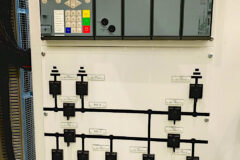





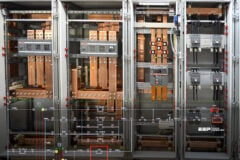
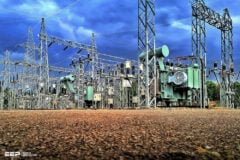
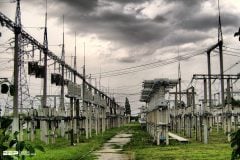

Wow!I I love to be part of this family, to enable me learn more about Electrical engineering, And there basis points and functions, like Transforms installation, repairs and others. Thanks